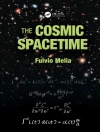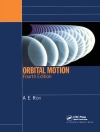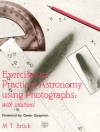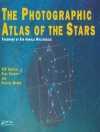This book provides a brief and pedagogic introduction to a variety of topics, with a common motif that they all occur, in some way or other, in “the sky”, and involve some sort of “rhythm”. Sky is not just the inside of a dome; there are many strata, each with its own beauties and mysteries. As we go up, the atmosphere thins out and ends, and we move into the space, into the realms of planets, asteroids, and comets, and even further, beyond the solar system into the vast Milky Way galaxy. This is where the night sky comes in, with all its twinkling stars, the stars in our own galaxy. We must use telescopes to explore further. In this book, we will start from the ancient astronomers and how they studied the motion of earth through space. Study of planetary orbits, from Kepler and Newton to Einstein, had been fascinating. We will try to take the reader through the wonderful worlds of the cepheid variables and pulsars to the strange oscillations of the neutrinos and the new eye to look at the universe, namely the gravitational waves. The book stops at the discovery of the black hole at the center of our galaxy, but that is just because we must stop somewhere, or the assortment could go on ad infinitum. Some of these topics are highly mathematical in nature, but we will try to avoid the complicated mathematics as much as possible, without compromising with the rigor.
Table of Content
On Periodic Motion.- On Electromagnetism and Gravity.- The Calendar, the Day and the Hour.- Highways in the Sky.- Flickering Candles: Cepheid variable stars.- Stars that Breathe.
About the author
Gautam Gangopadhyay is a Professor of Physics at the University of Calcutta. He is a former Regular Associate of the Abdus Salam International Centre for Theoretical Physics, Trieste. He has published more than eighty research papers in international journals. His areas of specialization are nuclear physics and astrophysics. In nuclear physics, he has worked in the field of experimental and theoretical nuclear structure. In astrophysics, his research includes application of nuclear reaction and Saha ionisation equation in nuclear processes that power the stars and create new elements.
Anirban Kundu is a Professor of Physics at the University of Calcutta. He is a theoretical particle physicist working on the phenomenological aspects of high energy physics. His research interest includes Higgs physics, Flavour physics, and physics beyond the Standard Model. He is a Fellow of the Indian Academy of Sciences, and the National Academy of Sciences, India. He is also an Alexander von Humboldt Fellow, and a former Regular Associate of the Abdus Salam International Centre for Theoretical Physics, Trieste, Italy. He is also interested in cosmology.












